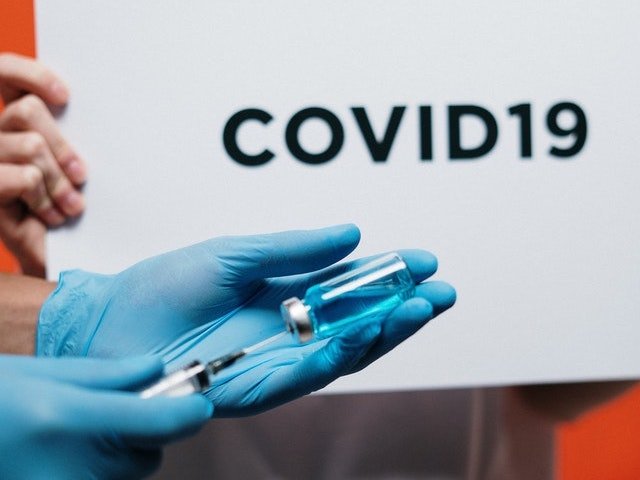
In a new study, researchers found a potential vaccine against SARS-CoV-2, the new coronavirus causing the COVID-19 pandemic.
When tested in mice, the vaccine, delivered through a fingertip-sized patch, produces antibodies specific to SARS-CoV-2 at quantities thought to be sufficient for neutralizing the virus.
The researchers were able to act quickly because they had already laid the groundwork during the earlier coronavirus epidemics.
The research was conducted by a team at the University of Pittsburgh School of Medicine.
The team had previous experience on SARS-CoV in 2003 and MERS-CoV in 2014.
These two viruses, which are closely related to SARS-CoV-2, teach them that a particular protein, called a spike protein, is important for inducing immunity against the virus.
Compared to the experimental mRNA vaccine candidate that just entered clinical trials, the vaccine described in this paper — which the authors are calling PittCoVacc, short for Pittsburgh Coronavirus Vaccine — follows a more established approach, using lab-made pieces of viral protein to build immunity.
It’s the same way the current flu shots work.
The researchers also used a novel approach to deliver the drug, called a microneedle array, to increase potency.
This array is a fingertip-sized patch of 400 tiny needles that deliver the spike protein pieces into the skin, where the immune reaction is strongest.
The patch goes on like a Band-Aid and then the needles — which are made entirely of sugar and the protein pieces — simply dissolve into the skin.
The team developed this to build on the original scratch method used to deliver the smallpox vaccine to the skin, but as a high-tech version that is more efficient and reproducible patient to patient.
The system also is highly scalable. The protein pieces are manufactured by a “cell factory” — layers upon layers of cultured cells engineered to express the SARS-CoV-2 spike protein — that can be stacked further to multiply yield. Purifying the protein also can be done at an industrial scale.
Mass-producing the microneedle array involves spinning down the protein-sugar mixture into a mold using a centrifuge.
Once manufactured, the vaccine can sit at room temperature until it’s needed, eliminating the need for refrigeration during transport or storage.
When tested in mice, PittCoVacc generated a surge of antibodies against SARS-CoV-2 within two weeks of the microneedle prick.
Those animals haven’t been tracked long term yet, but the researchers point out that mice who got their MERS-CoV vaccine produced a sufficient level of antibodies to neutralize the virus for at least a year, and so far the antibody levels of the SARS-CoV-2 vaccinated animals seem to be following the same trend.
Importantly, the SARS-CoV-2 microneedle vaccine maintains its potency even after being thoroughly sterilized with gamma radiation — a key step toward making a product that’s suitable for use in humans.
The authors are now in the process of applying for investigational new drug approval from the U.S. Food and Drug Administration in anticipation of starting a phase I human clinical trial in the next few months.
One author of the study is Andrea Gambotto, M.D., an associate professor of surgery at the Pitt School of Medicine.
The study is published in EBioMedicine.
Copyright © 2020 Knowridge Science Report. All rights reserved.



